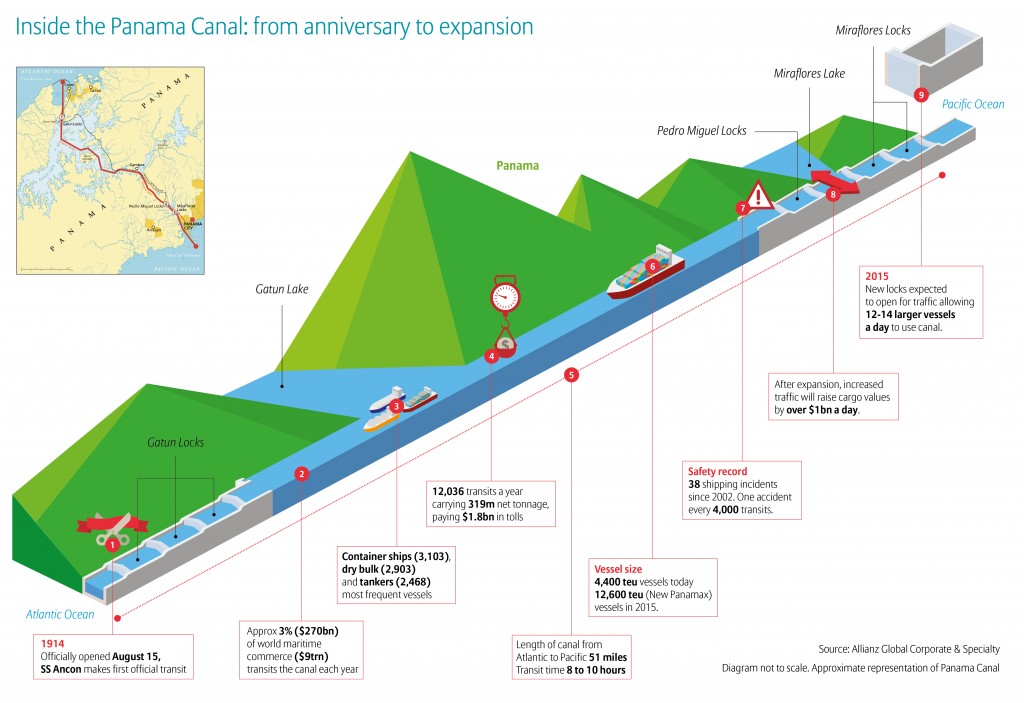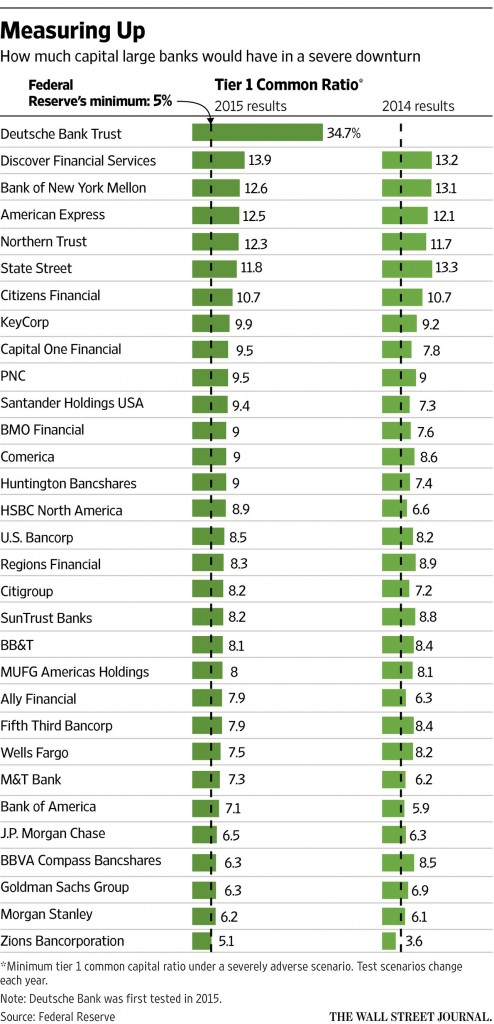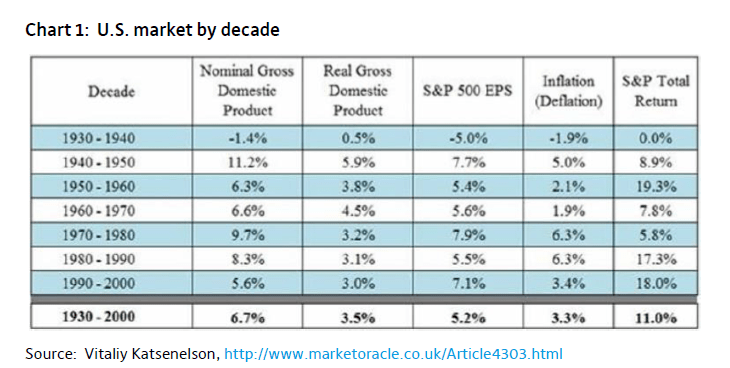Many of the developed European markets are up by double digits so far this year. The S&P 500 is lagging its European years. Emerging markets are also not doing great.
Among the global equities many banks have performed well. The following table shows the year-to-date returns of foreign bank stocks traded on the US exchanges:
| S.No. | Bank Name | Ticker | Price on Mar 6, 2015 | Year-to-Date Change (in %) | Country |
|---|---|---|---|---|---|
| 1 | Banco Bilbao Vizcaya Argentaria | BBVA | $9.71 | 3.41% | Spain |
| 2 | Banco Bradesco | BBDO | $11.88 | -8.12% | Brazil |
| 3 | Banco Bradesco | BBD | $11.65 | -12.86% | Brazil |
| 4 | Banco de Chile | BCH | $68.04 | -1.31% | Chile |
| 5 | Banco Macro | BMA | $56.08 | 28.24% | Argentina |
| 6 | Banco Santander | SAN | $6.98 | -16.21% | Spain |
| 7 | Banco Santander Brasil | BSBR | $4.62 | -7.97% | Brazil |
| 8 | Banco Santander Chile | BSAC | $20.97 | 6.34% | Chile |
| 9 | Bancolombia | CIB | $37.61 | -21.45% | Colombia |
| 10 | Barclays Bank | BCS | $15.84 | 5.53% | United Kingdom |
| 11 | BBVA Banco Frances | BFR | $17.89 | 29.73% | Argentina |
| 12 | Corpbanca | BCA | $17.30 | -2.70% | Chile |
| 13 | Credit Suisse | CS | $23.53 | -6.18% | Switzerland |
| 14 | Deutsche Bank | DB | $31.85 | 6.10% | Germany |
| 15 | Grupo Financiero Galicia | GGAL | $22.23 | 39.90% | Argentina |
| 16 | HDFC Bank | HDB | $61.86 | 21.89% | India |
| 17 | HSBC | HSBC | $42.81 | -9.36% | United Kingdom |
| 18 | ICICI Bank | IBN | $11.44 | -0.95% | India |
| 19 | Itau Unibanco | ITUB | $11.34 | -12.84% | Brazil |
| 20 | KB Financial Group | KB | $33.12 | 1.53% | Korea |
| 21 | Lloyds Banking Group | LYG | $4.88 | 5.17% | United Kingdom |
| 22 | Mitsubishi UFJ Financial | MTU | $6.42 | 16.09% | Japan |
| 23 | Mizuho Financial | MFG | $3.66 | 7.65% | Japan |
| 24 | National Bank of Greece | NBG | $1.43 | -20.11% | Greece |
| 25 | Royal Bank of Scotland | RBS | $11.24 | -7.18% | United Kingdom |
| 26 | Shinhan Financial | SHG | $37.41 | -7.38% | Korea |
| 27 | Sumitomo Mitsui Financial | SMFG | $7.98 | 9.62% | Japan |
| 28 | UBS | UBS | $17.41 | 5.32% | Switzerland |
| 29 | Westpac Banking | WBK | $28.89 | 7.40% | Australia |
| 30 | Woori Bank | WF | $25.34 | -7.01% | Korea |
Note: Returns shown above does not include dividends.
Source: BNY Mellon
Argentine banks Banco Macro and BBVA Banco Frances have shot up nicely as the country emerges from the soverign debt crisis that plagued Argentine stocks last year.Despite the strong performance Argentine stocks are not for the faint-hearted.
India-based HDFC Bank is up by 21% compared to ICICI Bank which is basically flat.All the three Brazilian banks shown are in the negative territory with Itau’s performing the worst.Brazilian economy is not doing well since the re-election of President Dilma and the ongoing corruption probe with Petrobras(PBR) is not helping Brazilian stocks also.
British banking group HSBC is down since the bank mainly operates in Asian markets where emerging economies are struggling.
Disclosure: Long PBR and many of the banks listed above.
National World War II Memorial, Washington DC



